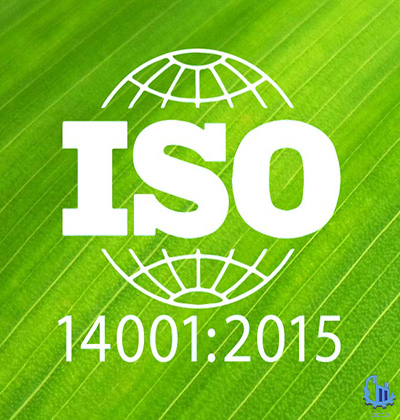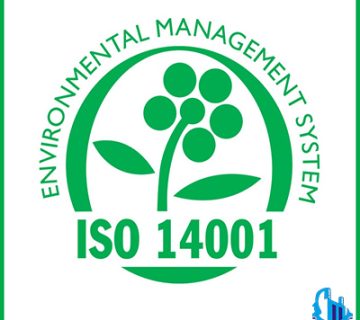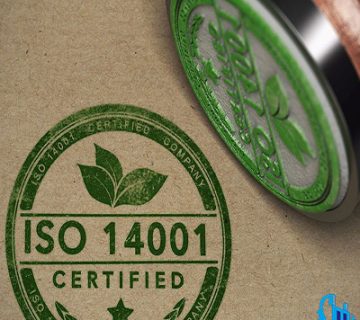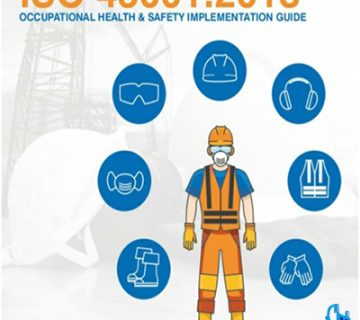
The ISO 14001 standard specifies the requirements for an environmental management system that an organization can use to improve its environmental performance. Obtaining ISO 14001 is intended for organizations that want to manage their environmental responsibilities regularly, which contributes to the pillar of environmental sustainability. Part of the ISO 14000 family of standards in environmental management, ISO 14001 is a voluntary standard that organizations can license. Its integration with other standards of quality management systems, which is usually ISO 9001, can help to achieve more organizational goals.
Created in 1996 by the International Organization for Standardization, ISO 14001 standards are part of the ISO 14000 family of standards designed to promote and guide an environmental management approach. Suitable for any type of organization (companies, non-governmental organizations, unions, etc.) that are concerned about improving their production, management and operations systems as a way to better control their environmental impacts. The guidelines of this standard (updated in 2015) can be reviewed and approved by an approved organization.
Benefits of ISO 14001
The use of ISO 14001 has many advantages for organizations that have an environmental management system. Organizations and companies found that using the standard causes:
Improving resource efficiency
waste reduction
reduction in costs
Environmental risk management
Increasing the trust of stakeholders and customers
Improving the overall impact on the environment
and increasing the knowledge of employees.

The importance of ISO 14001
ISO 14001 is an internationally agreed standard that sets out the requirements for an environmental management system. It helps organizations improve their environmental performance by using the most effective resources and reducing waste, gaining competitive advantage and trust of stakeholders.
ISO 14001 requirements
Appointing a person to be responsible for EMS coordination;
Identify how the organization interacts with the environment.
Identification of actual and potential environmental impacts.
Monitor and measure progress to achieve your goals
Four elements for ISO 14001 planning
The International Organization for Standardization ISO defines an environmental management system as “the part of the management system that is used to manage environmental characteristics, meet compliance obligations, and address risks and opportunities.” The framework of the ISO 14001 standard can be expressed as a cycle. PDCA (planning, implementation, inspection, improvement) for continuous improvement of environmental requirements, which in the implementation of the standard are as follows:

planning
Implementation and operation
Audit and corrective action.
Management review.
Why do we need EMS?
Every organization needs an environmental management system. An environmental management system (EMS) helps sustainable businesses implement systems that reduce the organization’s impact on the environment while increasing operational efficiency.
Financial and economic benefits of ISO 14001
The ISO 14001 standard has several economic and financial advantages for businesses. In fact, by improving the brand image and their compliance with international standards, ISO 14001 certification enables companies to be more competitive. Implementing an effective resource management system through ISO 14001 certification enables companies to have better economic performance.
Objectives of ISO 14001
ISO 14001 aims to create an EMS that is able to:
Identifying and controlling the environmental effects of its activities, products and services
It continuously improves its environmental performance
Implementation of a systematic approach to determine environmental goals. To achieve these goals; and showing that they have been achieved
The ISO 14001 standard requires an organization to implement a set of practices and procedures that lead to an effective environmental management system. ISO 14001 is not a technical standard and does not replace requirements set by laws or regulations.
Conclusion
The ISO 14001 Environmental Management System is a way to manage the aspects of your business that have a significant impact on the environment. Improving the EMS environmental management system to the acceptable level required by ISO 14001 will help maintain the credibility of your organization and save costs. This can help increase your employee engagement and improve your legal and regulatory compliance.
Modirfa Consulting Group ensures that the ISO 14001 environmental management system will become part of your daily operations. We provide unparalleled support at the head office as well as at your workplace with the help of our experienced experts.






No views